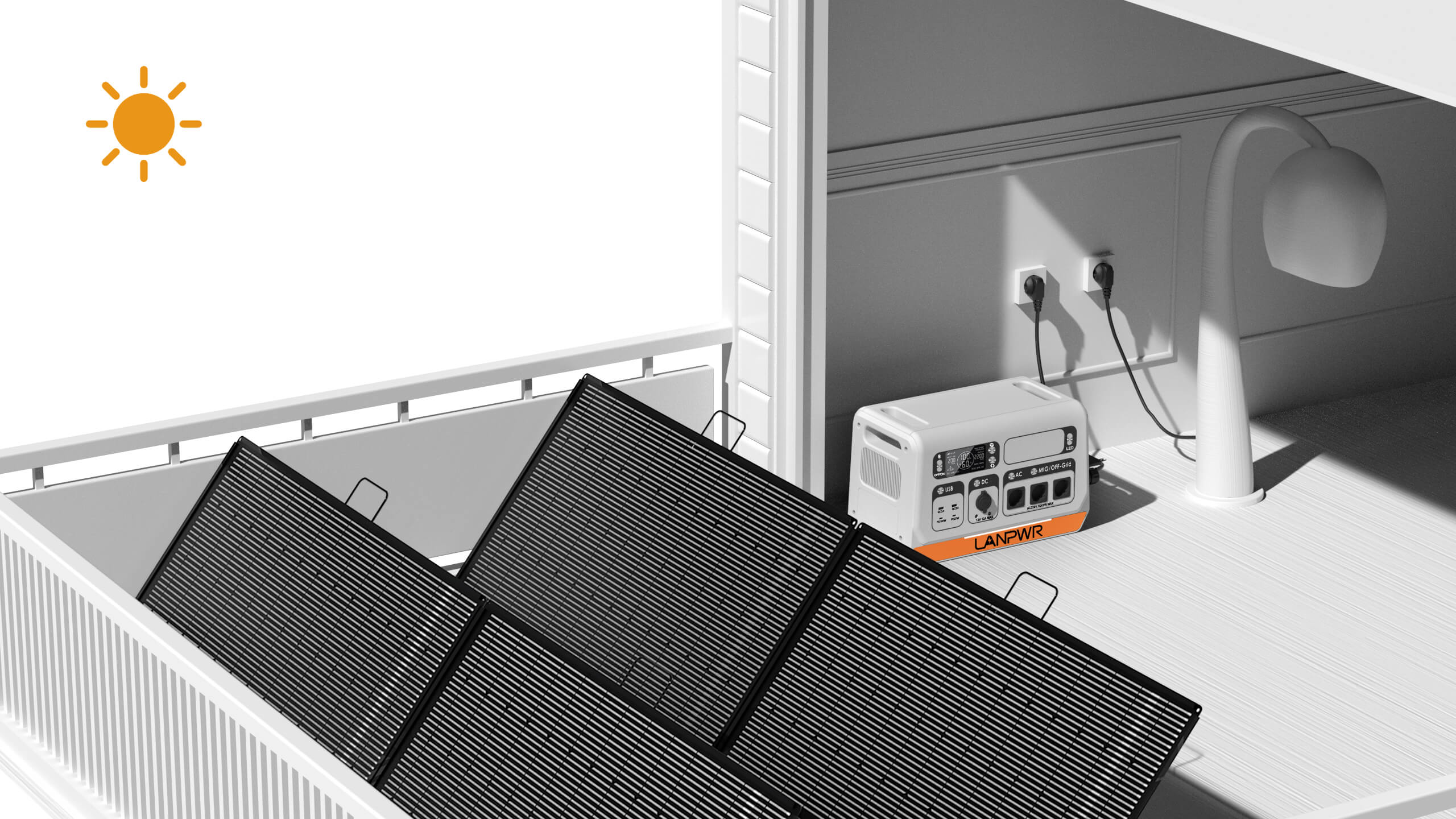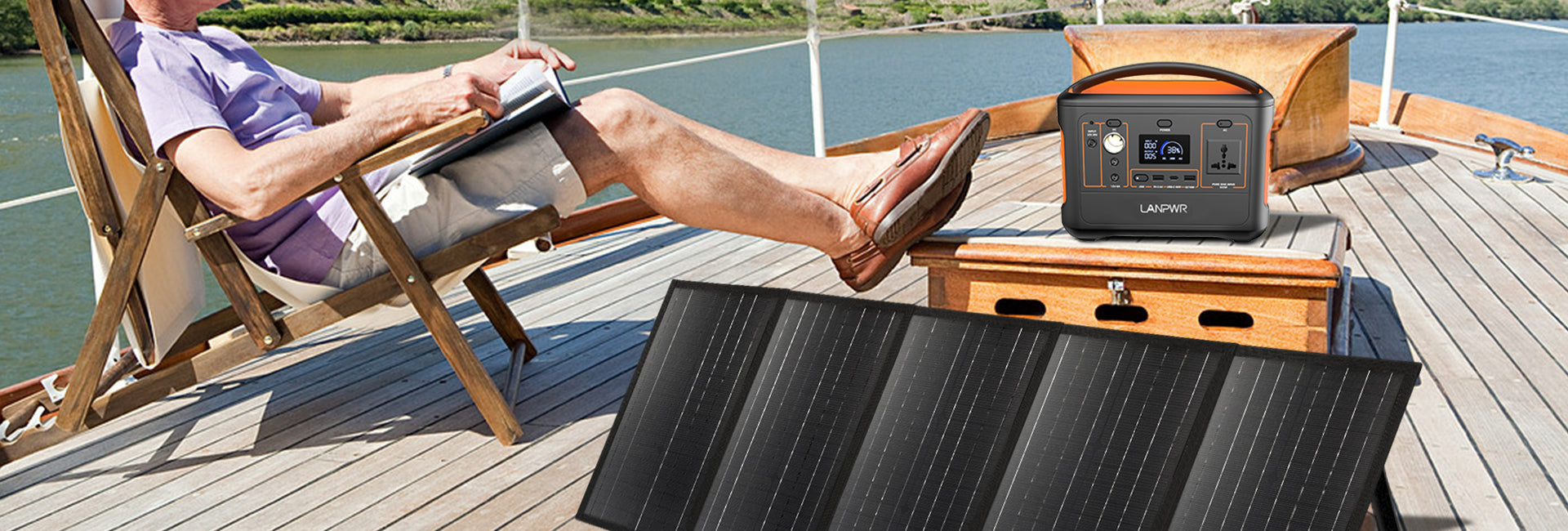Few hobbies are as mesmerizing and engaging as astrophotography the art of capturing night sky patrimony. Unfortunately, this drive to adventure is what leads photographers far from wall power. A dependable portable power station can come in handy during such times. In this article, we will cover key considerations for selecting a portable power station that can give you the juice necessary to capture compelling astrophotos.
Portable Power Stations
In its most fundamental form, a portable power station is just a large battery inside of tough housing with a bunch of output options. You can top it off with any one of several ways (AC outlets, car chargers, or solar panels. Power stations are energy storage devices that give power as necessary and this, in turn, can be very handy for powering cameras or laptops etc when you're out there.
Necessity Of A Portable Power Station For Astrophotography
How do you find inspiration in all those long hours of shooting astrophotography (often overnight)? It means power for different electronics such as cameras, mounts, laptops, and tracking tools needs to run 24x7. A portable power station ensures your gear stays charged all night so you spend less time worrying about battery life and more on capturing the interstellar beauty.
Key Factors to Consider
There are several considerations that you will need to take into account to select a portable power station for astrophotography that fulfills the actual purpose.
- Battery Capacity
The more battery capacity (expressed in watt-hours or wh) a power station has, the more energy it can store and keep your gear running.
Higher Capacity: The more capacity a power station has, the more devices you can run for a long time. If you are into astrophotography then keep your overnight gear running with a minimum capacity of 500Wh.
More portable: The smaller ones can be enough for a shorter session or if you are only charging one device, but they may become useless too quickly under heavy use.
Example
Calculating the load for running a 10W camera, and powering up a 50W laptop + mount (20 W) calls for at least of power station with no less than the total capacity required to make sure your gadgets will work fine during the period it is electrically independent.
- Output Options
Devices need various power outputs. Make sure the power station you choose has enough outlets to support everything you will need to use.
AC Outlets: Required to power laptops and other electronics
USB Ports: For charging your smartphones, tablets, and other small devices. But for the fastest charge, USB-C ports with Power Delivery (PD) are a must.
DC Ports- DC ports are designed to power specific accessories, i.e. camera mounts or tracking devices.
Example
Another viable option for most of the larger equipment is a power station, with multiple AC outlets as well as various USB-A and/or USB-C PD ports and often DC outputs.
- Charging Speed and Methods
Taking into consideration how quickly a power station can be recharged is also important if you plan on using it regularly.
AC Wall Charging Most power stations can be charged via a standard wall outlet. Charging speed is different for every model Check the section on charging time.
Solar: A lot of power stations can charge via solar panels. That will of course be a best-case scenario for off-grid use and would depend on the additional solar input capacity as well as panel efficiencies.
Car Charging: Definitively a slower charge than wall or solar, however, great for convenience.
Example
Having a power station with quick Solar charging ability can be very helpful for longer trips allowing you to recharge throughout the day and again at night.
- Portability and Weight
Remote locations and Astrophotography Hence, the portability of a power station is an essential thing.
Small Models: Lighter to move and transport but are normally less expensive.
Larger Units: More capacious wheels and tires, but heavier to maneuver.
Example
The optimal solution Use in a remote astrophotography site, wherein case I would recommend something similar to both the Jackery and The Anchord industrial power station with at least 500Wh of capacity Since you will still need portability too
- Build Quality and Durability
Better, we love that its durable construction means your power station can take a beating and last longer outdoors.
Material: Durable material such as a strong plastic or metal casing can help protect the internal parts.
Design: Water resistance, dustproof, and shockproof can increase durability.
Example
Prefer a power station of sturdy construction with good quality materials to carry it in difficult situations such as hiking or adverse weather conditions.
- Safety Features
Dealing with electrical devices requires safety. Ensure your chosen power station is full of necessary safety measurements.
Overload Protection: Protects the station from overloading and damaging your devices.
Short Circuit Protection: Prevents short circuits that could ignite or damage the system.
Thermal Management: It ensures the power station is working under safe temperature conditions against overheating.
Example
Best of all, make sure any power station you choose has a good set of safety features to protect the unit itself and your devices - that provides peace of mind as they are used.
Top Power Stations for Astrophotography
Here, to pick the right portable power station for yourself we are enlisting some suggestions that can accompany you best with astrophotography:
- Lanpwr 600
Capacity: 600Wh
Outputs: 2 AC, 4 USB-A, and 2 QC; DC Carport x2
Charging: AC, solar, car
The Good: Strong, lightweight experience; sturdy design plus a lot of safety options
Great for medium power needs, perfect for camping and longer trips with multiple devices
- Lanpwr 1200
Capacity: 1200Wh
Outputs: 4 AC outlets, 6 USB-A ports, 2 USB-C PD ports,3 DC carports
Charging: Fast AC, solar, car
Specifications: Large storage, durability, quick recharge
Use Case: Great for high power needs, and good if you like long astrophotography sessions or are a professional.
- Jackery Explorer 1000
Capacity: 1000Wh
Port: 3 AC outlets, 2 USB-C ports, 2 USB-A ports, +1 carport
Charging: AC, solar, car
Advantages: High efficiency, small footprint, and robust construction
Astrophotography: Great to carry along for a range of outdoor activities.
Summary
Whether you need the extra capacity of a larger power station or prefer something smaller and more compact, understanding your individual needs is essential so that no matter what conditions in which they will be used - from home to dark skies location -you can rest assured knowing equipment remains powered on each night under the stars. Components such as those from Lanpwr provide various models to meet different needs, offering stable and efficient power assistance for the filming of starry sky beauty. But WITH the right portable power station, you can spend your night creating great astrophotos without running out of juice early.














Leave a comment
This site is protected by hCaptcha and the hCaptcha Privacy Policy and Terms of Service apply.